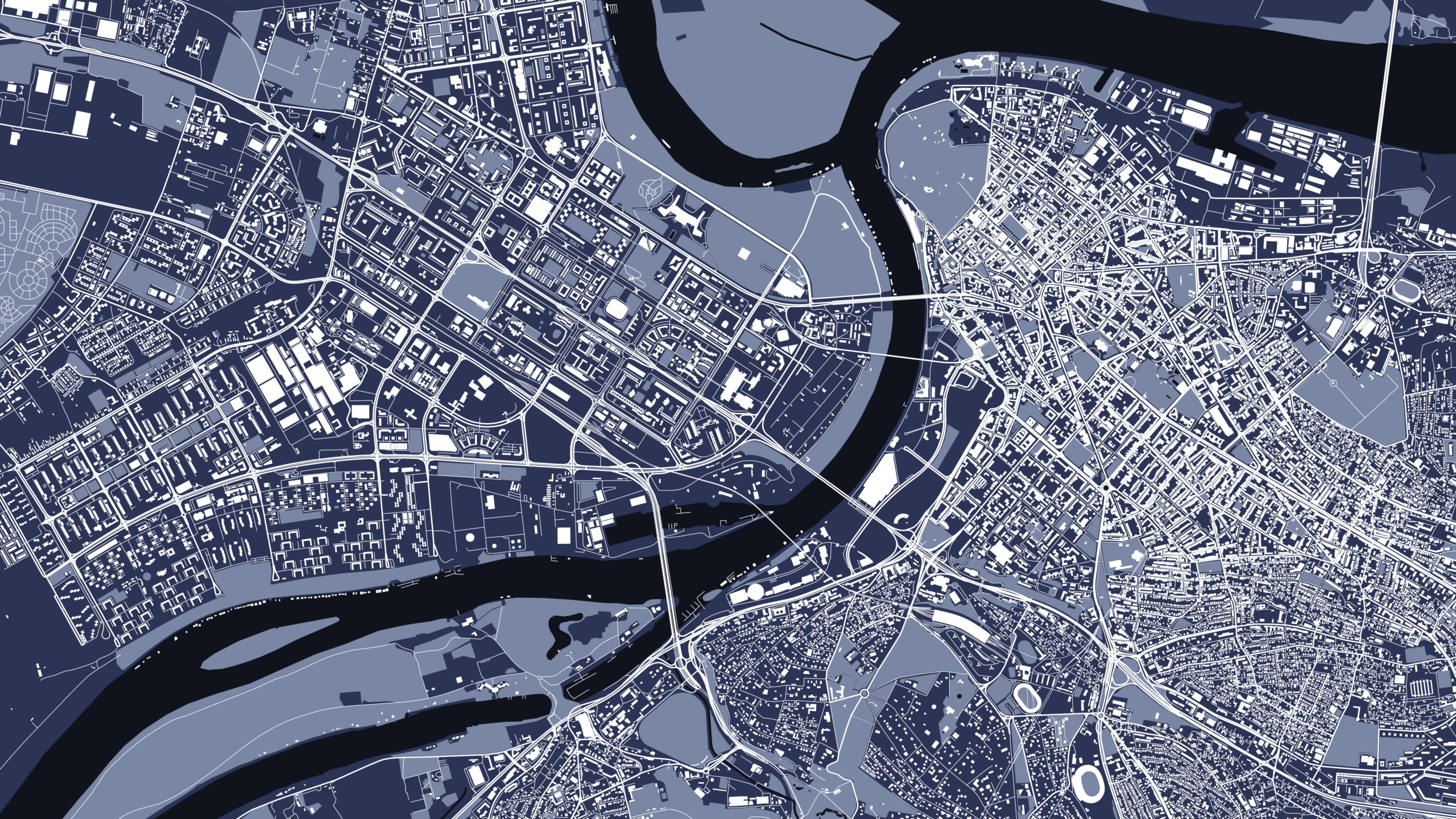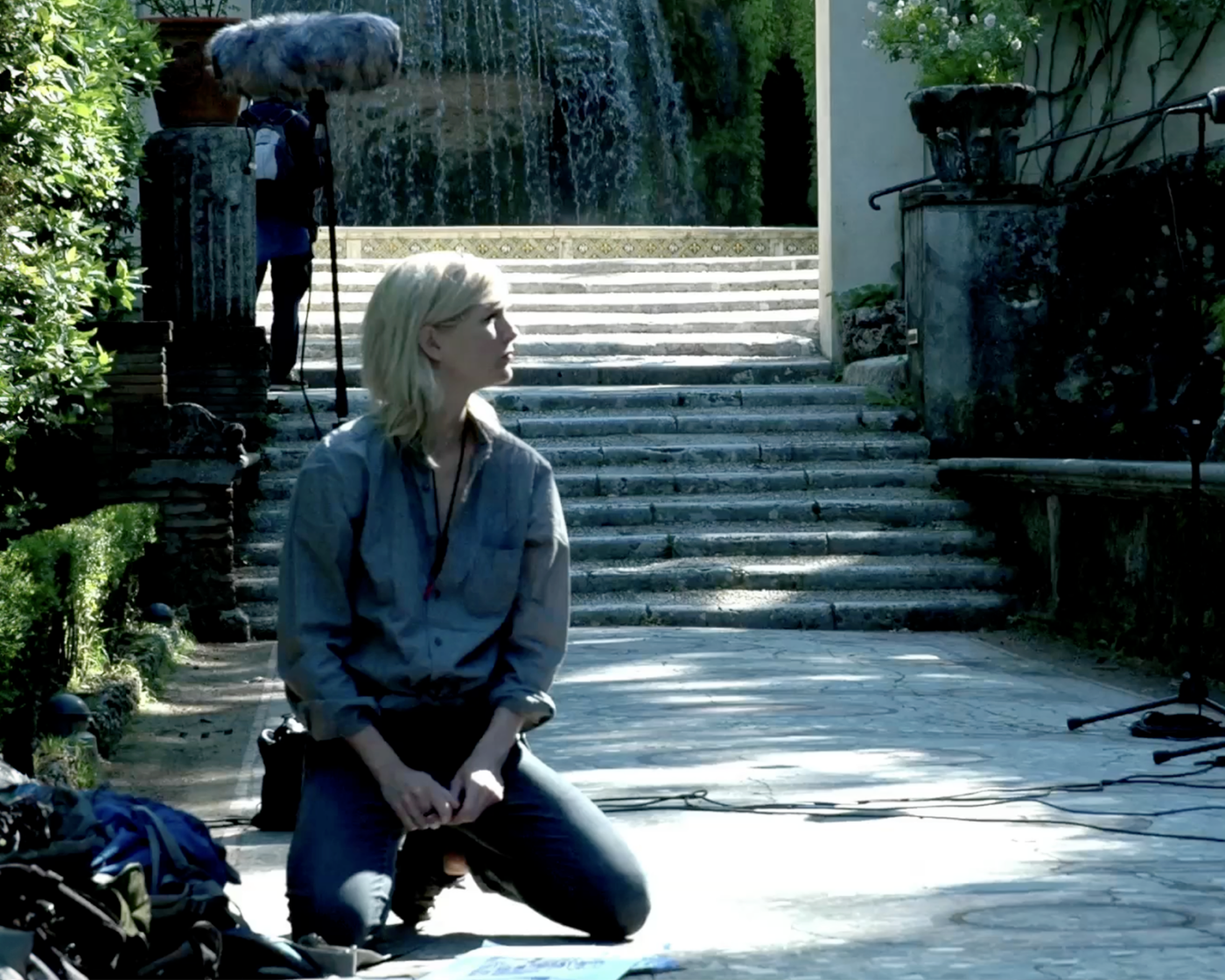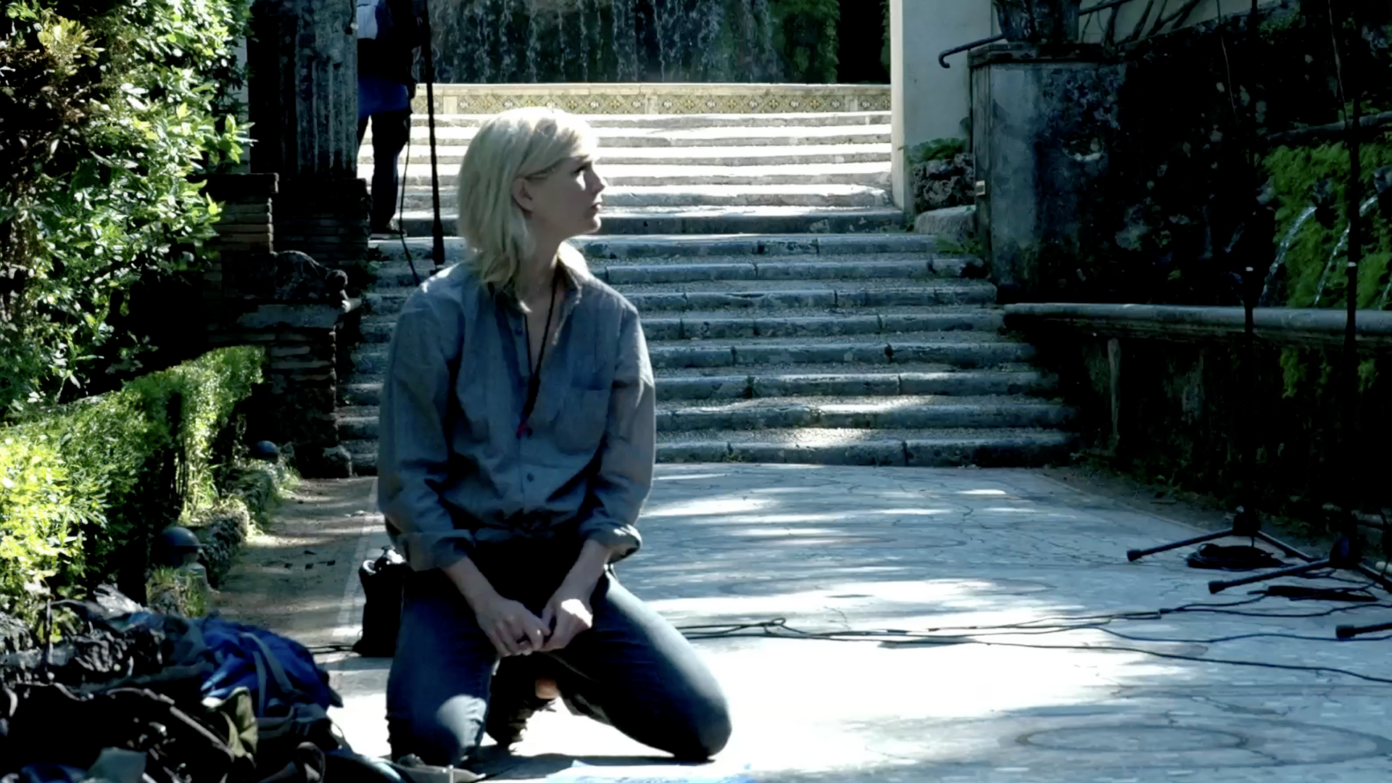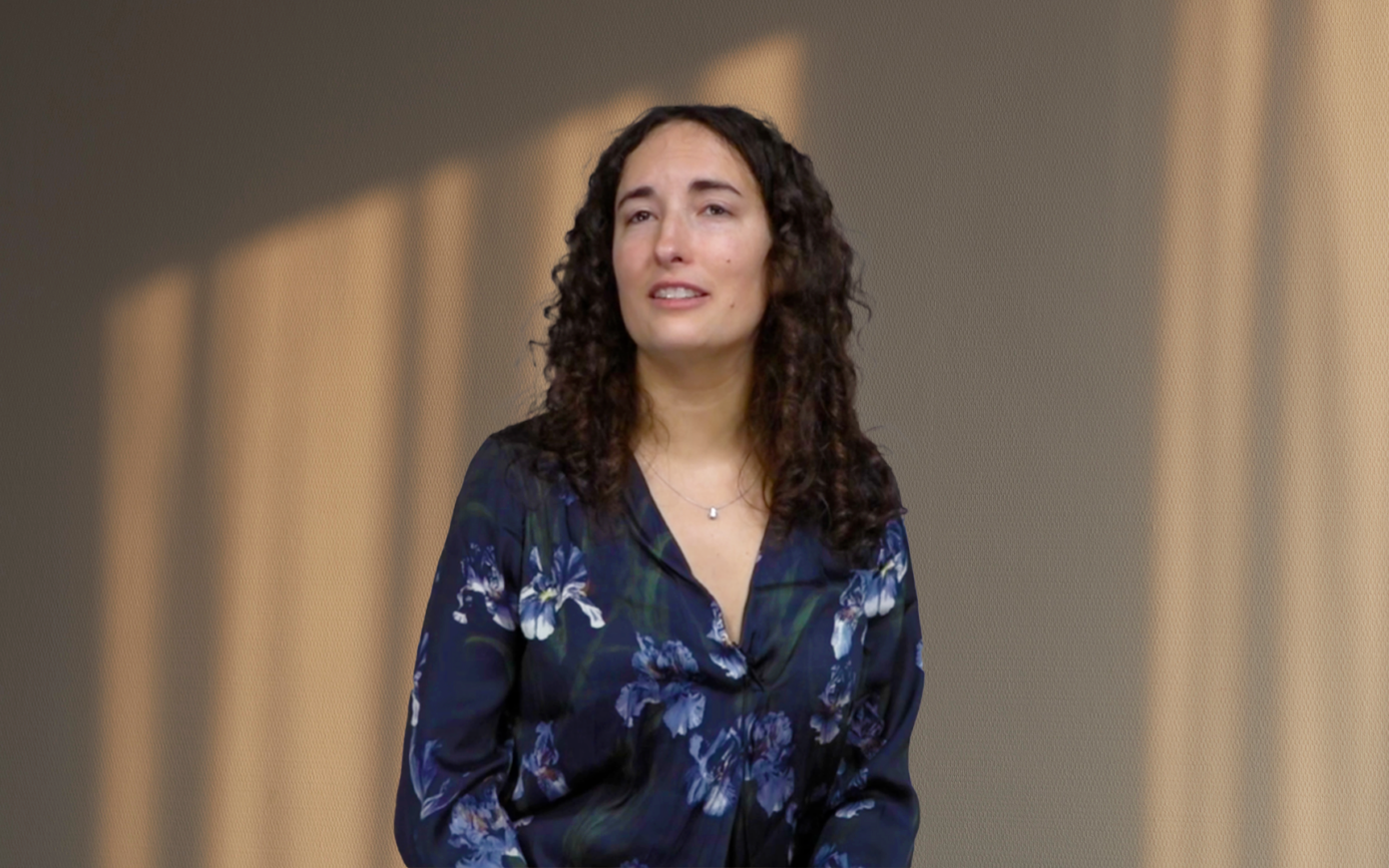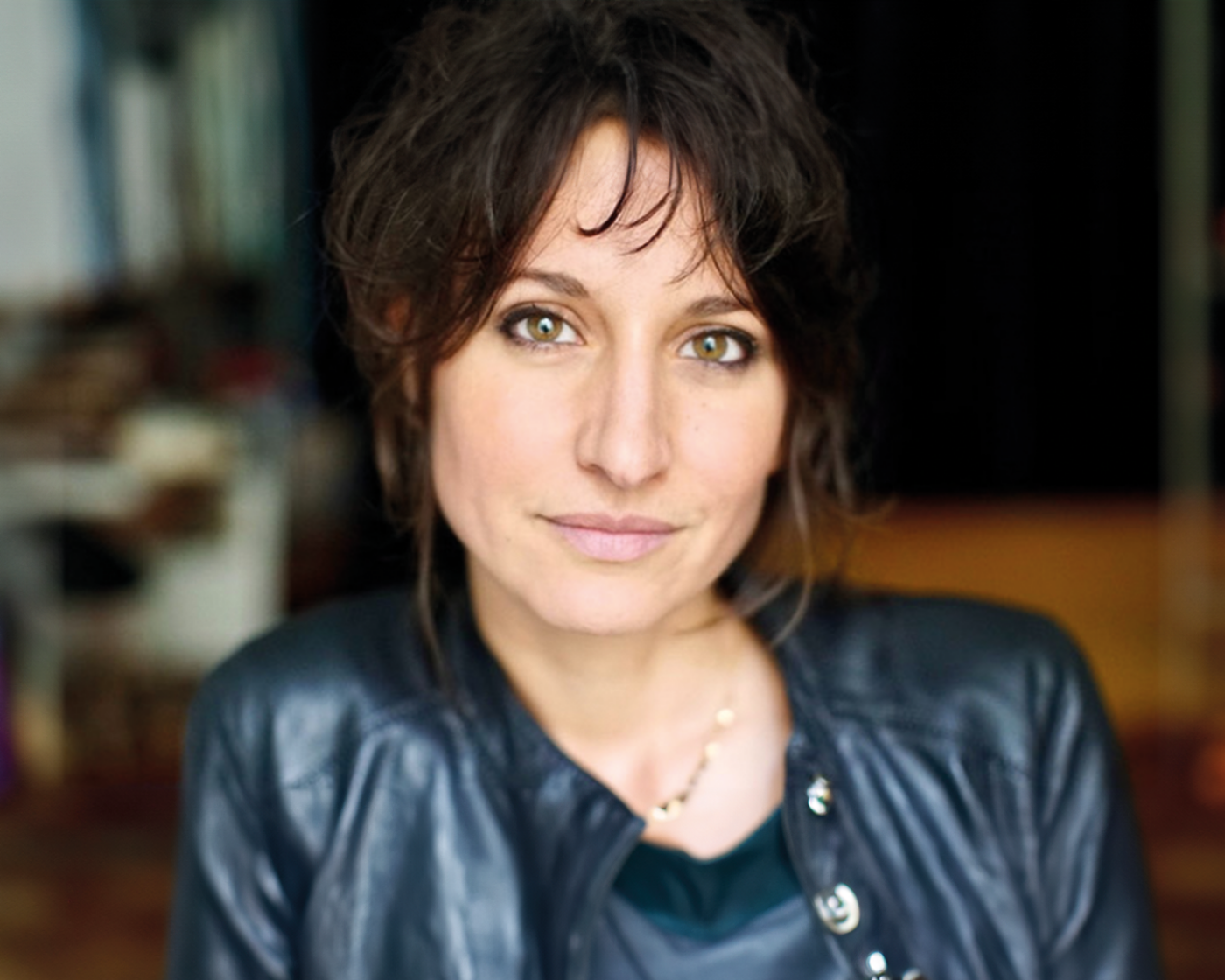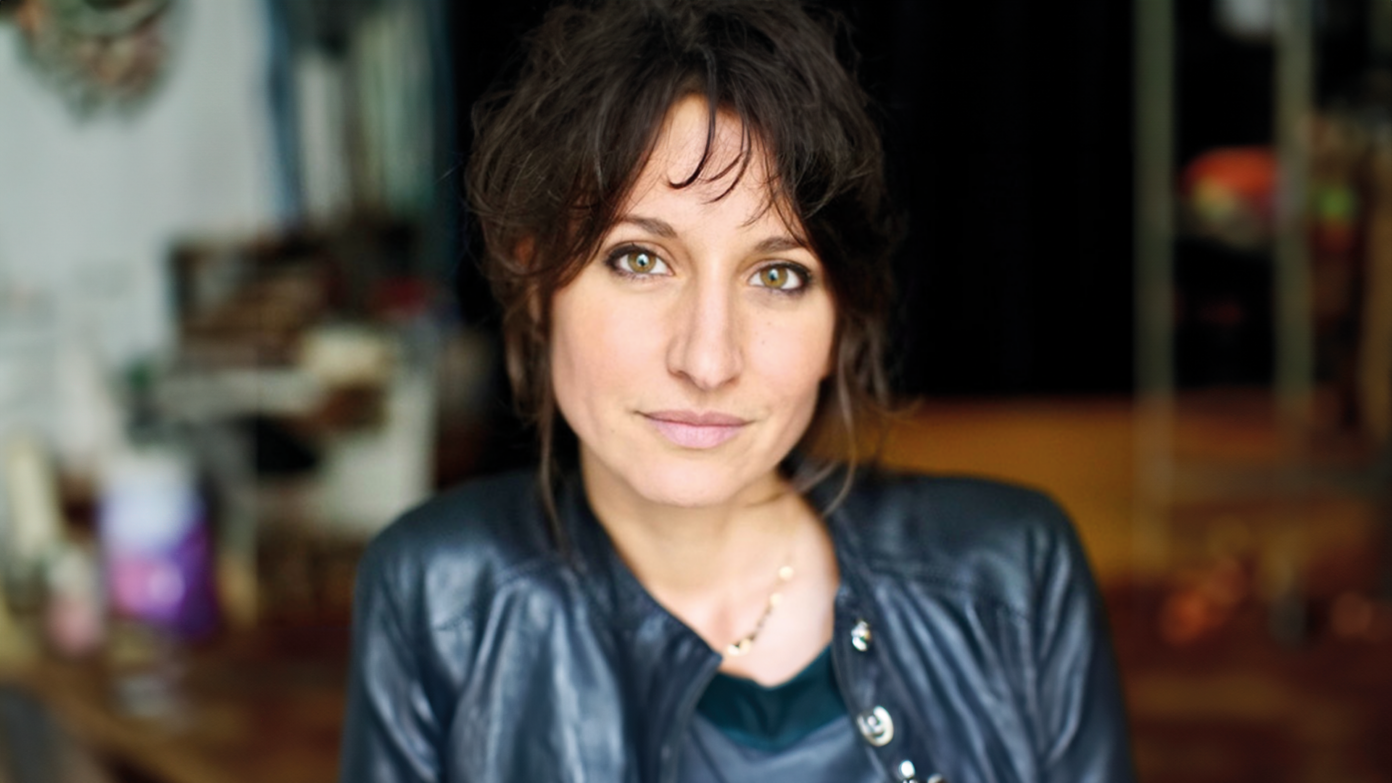Could you tell us about the path that led you to urban planning issues and how, with La Fabrique de la Cité, you contribute to the discussions relating to the city?
I am president of the Fabrique de la Cité, a think tank that specializes in urban planning and innovation, created in 2010 on the initiative of the VINCI Group. I like to define my career as “baroque,” as I pursued literary studies before passing administrative exams, and then occupying positions such as administrator of services at the Assemblée Nationale, which involved assisting the legislator in their role, in terms of government legislation and monitoring, on issues as diverse as defense, geopolitics, and energy. Then I joined the AREVA group to work on issues such as international planning and climate and energy issues. My different roles have always led me to work with or for think tanks, which has strengthened my desire to collaborate both with people who think and people who do.
Although I was relatively ignorant of urban issues at the time, La Fabrique de la Cité caught my interest. I discovered a project dynamic that was familiar to me, close to that of the energy sector, in particular the strategic and geopolitical subjects, requiring the involvement of participants who don’t see the world in the same way in order to develop a long-term vision. Between a highly operational engineer, an architect-designer, and a sociologist specializing in mobility, it becomes necessary to find ways of sharing points of view and discourses. I am interested in the world in all its complexity, whether it be in the area of energy, politics, or of major strategic questions; in this the city is a wonderful terrain as urban subjects are concentrations of complexity. La Fabrique de la Cité aims to come to grips with this complexity in order to understand it rather than tame it, and to share it with those working on the subject.
The idea of the Fabrique de la Cité is to address different territorial scales and to try to understand what is at play in the tensions that exist between the very local, the national, and the international. We began modestly with the idea of establishing ourselves as an observatory of “best practices”: I don’t particularly like the expression, but it appropriately illustrates our ambition to explore interesting experiences that are at work in the world. Our hallmark is defined by two dimensions: the international and the interdisciplinary. The issue is to understand the ongoing changes in our cities and our lives, born from an awareness of environmental issues, but also the growing power of the digital revolution with its repercussions on forms of complementary—and sometimes competing—intelligences at work in urban issues.
The observatory was then enhanced by the fabrique (production) dimension to become a place for exchanging views and the construction of a common vision, or at least of a shared understanding of the major issues that we face, which necessarily happens by confronting knowledge, awareness, and learning. This is important because it seems to me that we are suffering from a true devaluation of lifelong learning in France. Our generalist curricula lead us to believe that we know everything at twenty years of age, and that we will always know how to adapt, under the pretext that we have passed this exam or that degree exam. But an urban stakeholder, a company, or an elected official do not possess the range of tools nor the knowledge needed to deal with subjects such as climate-based emergencies, which involves scientific concepts and realities that are extremely difficult to deal with. With the Fabrique de la Cité, we aim to offer a kind of ongoing and collective training to urban stakeholders. The concept of “metabolism,” with the flows that underpin it, is very accurate in this respect, as we also need to constantly be on the move, training ourselves to stretch the limits of our minds and managing to understand complex urban realities, which is not self-evident in a country that overvalues initial qualifications.
Do you have the feeling that we are seeing the emergence of new disciplinary approaches to the urban question with the growing porosities between the public and private sector?
As I said, I didn’t know much about urban issues before La Fabrique de la Cité, but one part of my intellectual baggage in this area, was the huge collection of major rulings of administrative jurisprudence that I had to learn by heart when I was preparing administrative exams. They contain a number of rulings from the late nineteenth and early twentieth centuries—with prestigious signatures such as that of Léon Blum who was a State Councilor before his famous political career—made at the same time that the gas, electricity, and sewerage networks that make a modern city were being built. They contain a long history of relationships between the public and private sectors and the roles of each of them in the general interest, that led to the construction of what we consider to be the contemporary city. But I like the idea that the public entity is not the only one entitled to work for the general interest. A baker who bakes bread daily in a country that has made it it’s symbol, contributes just as much. By constructing a building that we can identify with and in which we live, an architect also contributes to the general interest. It is thus urgent to remove this static separation between public and private, in particular when comes to approaching global issues such as climate and social inequalities, a challenge that a number of cities around the world are facing. This porosity between the public and private sectors seems to me to be the only way to solve such complex issues. No city, no business, no state, no matter how powerful, is able to singlehandedly provide a response to the issues of sustainable construction and social inequality in the public space.
In general, I have the impression that the period that we are living in is a kind of “renaissance,” in contrast with the very negative vision of the Anthropocene that focuses on what we have done wrong. I am fascinated by the way that certain players in the urban domain, in social sciences, engineering sciences, and architecture, attempt to connect the challenges of the physical world with those of the digital world. The fact that we are on a learning curve for these subjects, looking for a new equilibrium, is truly exciting. The goal is not to seek to build a stable world, but rather to manage to achieve states of equilibrium that have to be constantly rebuilt. Multidisciplinary approaches, just like digital ones, have an important role to play in this search for balance. Our era is not the one in which the limits of humankind become manifest, but rather that of its genius, particularly symbolized by the digital field. The “great acceleration” that accompanies the Anthropocene is just as much about environmental imbalance as the deployment of our technological abilities. We gave a live demonstration of this by developing new vaccines to curb the spread of an unprecedented pandemic in less than a year. This crisis has allowed us to witness an incredible acceleration of our ability to fight against a new phenomenon, leading us to consider other potential accelerations. We are gradually moving away from the linear world to adopt modes of exponential reasoning and circular logics. The circulation of ideas around the question of the environment seems to me to be completely new, but to go back to the example of vaccines, it is easy to see that the successful ecosystems are the ones that have circulated both ideas and money.
This exponential dimension of knowledge brings human intelligence and technology into play, along with what we call “collective intelligence.” From this point of view, we can see the need for a renewal of democratic forms in an era where all information systems are disrupted by new technologies. Cities are the most interesting places for observing this, as they possess this interdisciplinary force that is based on place. They embody collective intelligence by offering capacities for mobilization in a space and in a time, thus forming the last bastion of democracy. It seems to me that the major issue in the years to come will be to prove by example what collective intelligence can do for cities.
The innovative ways that the digital field was mobilized during the COVID-19 pandemic allowed us, for example, to reconsider its place in the city, beyond the slightly outdated model of the smart city. In Singapore, in addition to being used for tracking, digital tools have allowed people to be informed of the conditions of access to urban parks or post office and supermarket opening hours, thus allowing them to organize their movements depending on the state of their health and their level of risk in terms of the virus. It seems to me that this micro-example shows a way of using the whole intelligence of a city in the service of individual decision-making and collective well-being.
This is an exciting time thanks to the challenges that we are setting ourselves. It is not a challenge to the world or to nature, but to ourselves. Obviously, we have to face what we have created, but it is important not to see everything in a negative light. Progress has actually raised billions of people out of poverty, admittedly with a high cost in terms of environmental imbalance, but today we are aware of this and we are taking on a new challenge to be solved, one that is for me deeply rooted in the need to invent a new humanism, because if we forgot one thing in the twentieth century, it was indeed humanism. I think that we are returning to this profoundly human dimension of the human political animal that will allow us to reconcile nature and culture.
In your experience in an industrial group, as La Fabrique de la Cité is part of VINCI, how can the work of a think tank influence the “do tank”? And how can the wealth of this experience be shared in France and abroad?
I have been working in industry for thirteen years, and, as a trained historian, I find it quite fascinating for its ability to carry out long-term projects, designed to last for decades, or even longer. Speaking with operatives who have an engineering culture is truly fascinating. The work of an engineer within a construction company consists mainly of solving a series of problems to develop a technical solution. In the beginning, the dialogue with social sciences was particularly centered around the question of innovation, but it has been enhanced quite a bit in recent years by adding a fundamental dimension of meaning. We have moved from a one-way direction of “thinking” toward “doing,” to a circular logic. It is this methodology of the circulation of ideas and capital among researchers, public decision-makers, clients, and citizens that we aim to bring to the project at the Université de la Ville de demain, to place it in the service of the question of climate and environment. Our approach aims to establish a short channel between thinking and doing.
The Université de la Ville de demain project emerged from a meeting between Bertrand de Feydeau, president of the Fondation des Bernadins and of the Fondation Palladio, that brings together multiple players in real estate, and more broadly, urban stakeholders. We came together around humanist values but also around the observation that to assimilate new knowledge and share a common understanding of urban challenges, it was necessary to create a space for encounters, a framework for exchange with regular meetings. We took advantage of the very particular period of the pandemic to set up collectives of players with, around the same table, the president of Rungis wholesale food market, a property developer, a travel expert,
a company director etc., to prepare this university for the summer of 2021. The university’s method and framework allow us to generate a desire to learn, a willingness to work together, while also providing the freedom to move outside of usual frameworks. This is a collective intelligence project that seeks to expose problems and to respond together, rather than bouncing them off one another without ever solving them.
We can see initiatives like this one being developed in many countries, in particular with networks of cities that create collective intelligence beyond those of classic institutional networks. Here again, I believe that the health crisis has played a role. After the quite restricted lockdown in the spring of 2020, we saw the emergence of a collective thinking around how public space is used during a pandemic. Cities attempted a number of things, as can be seen in the number of “coronalanes”1 built here and there, and in a more general manner via strategies of carbon neutrality. This mesh of experiences and methodologies shared by these cities all over the world is truly fascinating. Once again, this is an effect of the crisis, in the sense that nothing resembles a city under curfew more than another city under curfew, whereas in the past we never would have imagined comparing Paris to Bogota! From this point of view, we are experiencing a universal human moment, because we shared masks, safety measures, hydro-alcoholic gel, etc., in every city. I think that this live universal experience can truly be built upon to address environmental and climatic questions.
My Cartesian French heritage led me to organize, list, and evaluate all of these experiences. And yet it seemed to me that we were experiencing a moment of such a particular proliferation that we should allow it—and perhaps even encourage it—to flourish. The creation of observatories seems quite interesting to me for the purposes of having a complete view of what is happening. Let us also use great symbols, like the Champs-Élysées, Notre-Dame, Central Park, and Times Square, places that speak to everyone, to re-inject knowledge and reintroduce questions to the general public. These large, symbolic projects can act as reminders that allow each of us to become aware that we belong to the same neural network. With these metropolises in competition with each other, there is no doubt that if a city like Paris decides to transform the Champs-Élysées for example, other cities will follow, reorganizing their iconic territories in a sustainable way.
Let us not forget uncertainty. We have spoken about complexity, this material that we are obliged to work with, but there is also uncertainty. With subjects like climate change, which, for better or worse, is presented as a catastrophic certainty, a lot of uncertainty remains, and it is worth truly exploring this so as to prepare ourselves. Here one finds the ambivalent and elusive notion of “resilience.” The question is to know how new forms of intelligence can allow us to build forms of resilience. It is a complex, difficult subject, because we have the certainty of the ticking clock, but also the deep uncertainty of what might happen in the future. Cities, from this point of view, will have to demonstrate a significant capacity for adaptation in the face of an exceedingly uncertain context over which they only have partial control.
